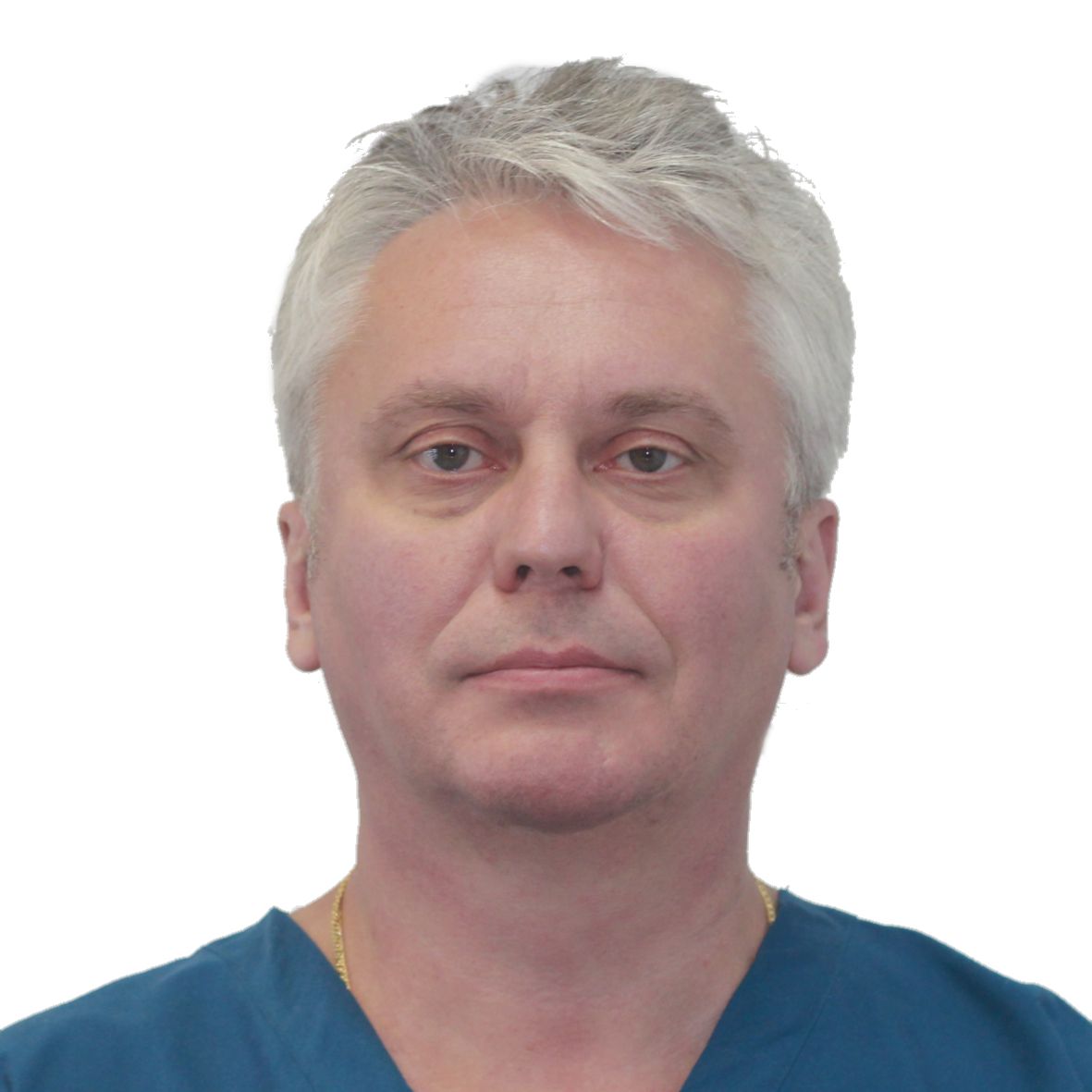
Michael Kaabak graduated from the Faculty of Pediatrics of the second Moscow Medical Institute in 1989 year, residency in Pediatric Surgery at Moscow Children City Hospital No. 13 in 1989-1991 years. From September 1991 to March 2000, he worked as a surgeon in kidney transplant department of Republican Children's Clinical Hospital of Russian Ministry of health. In 1997, he defended his thesis "Kidney transplantation in children”. January-April, 1999: internship at the Hôpital Necker des Enfant Malades, Paris. Since March 2000 till November 2019, he was Chief of the kidney transplant department of Boris Petrovsky National Research Center of Surgery. In 2003, defended his doctoral thesis "Post-operative treatment of kidney graft reperfusion injury: new insights into pathogenesis of reperfusion trauma". In 2009 graduated as Professor of surgery in the field of Transplantology and Artificial organs. Since December 2019, he heads organ transplant division in the National medical research center for children’s health. For the first time in Russia performed the following successful transplants: kidney to the children of the first year of life, small intestine from deceased donor, and pancreas from deceased donor. Michael Kaabak focused investigational efforts on reperfusion injury, immunosuppression minimization, long-term graft function.
Unusual approach to assess induction therapy efficacy in kidney transplantation
Michael Kaabak1, Nadeen Rappoport1, Sergey Tsyb3, Julia Vyunkova1,2, Elena Bryzgalina4, Allan Zokoyev2, Stanislav Schekaturov2.
1Organ transplant, National Medical Research Center for Children's Health, Moscow, Russian Federation; 2Kidney transplantation, Boris Petrovsky National Research Center of Surgery, Moscow, Russian Federation; 3Ministry of Industry and Trade, Moscow, Russian Federation; 4Lomonosov Moscow State University, Moscow, Russian Federation
Background: High bioethical and surgical technology, which is realized during organ transplantation, does not have secondary issues. Everything from the induction of immunosuppression to the patient's last breath is a team work that collects the hopes of the patient, his relatives, doctors, and society.
Materials and methods: For 20 years, we have been monitoring the long-term results of transplantations in patients of different age and social groups. We collected a full follow-up and now we can evaluate reliable signs of a better quality of life, depending on the immunosuppression (IS) scheme used. According to historical era, 1104 patients were assigned to following IS: steroid based maintenance consisted of CNI+MMF following either no induction or anti-CD25r or anti-CD3 induction (614 patients), and steroid free lowCNI+MMF following alemtuzumab induction in combination or not with anti-C5b-C9 (500 patients). Besides survival rates, quality of live (QOL) related to social rehabilitation were assessed. We investigated return to pre disease occupation or acquisition of a new profession as a result of continuing education in adult patients, public education as kindergarten/school attendance in children, active mode of life, hobby, sport, marriage, childbearing, quantity of active friends in environment (not in social networks).
Results: Seven years graft survival was higher in alemtuzumab patients (75% vs 71%, p=0.0291). Better QOL was associated with age of transplant and dialysis duration prior to transplantation. The longer children were on dialysis, the lower the QOL. The best QOL demonstrated children with preemptive transplantation. In adults, on the contrary, the longer the waiting time for a transplant was, the higher the index of social activity and personal perception of the QOL.
Conclusions: 1. Induction IS followed by less maintenance IS both in amount and dosages of the drugs, not accompanied by visible metabolic disorders, with less oncological complications, significantly improves the QOL.
2. The best QOL we observed in children who received their kidney graft at the 1.5-2 years of age preemptively, or after short dialysis.
There are no comments yet...